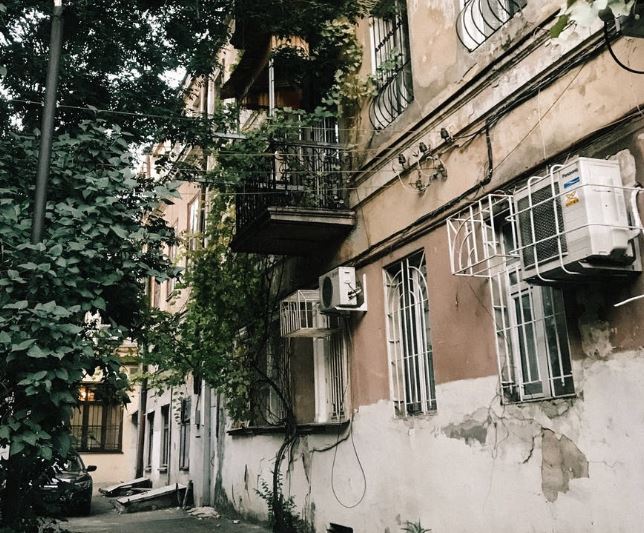The air conditioning system in the home works by removing hot air and blowing in refrigerated air. But that is only part of what the air conditioner does. Excess humidity can make temperatures feel even hotter. So the air conditioning also helps reduce humidity levels to increase efficiency and make the home more comfortable. But if the humidity in the home is too low or too high, it can make achieving indoor comfort almost impossible. This is why with air conditioning repair in Saratoga, CA a technician can install a system that includes humidifiers or dehumidifiers to keep the moisture levels in check, help the system run efficiently, and improve the wellbeing of the entire household.
How Humidity Impacts Air Conditioning
The air conditioning system works by removing moisture and heat from the air. Ideally, humidity levels inside the home during summer should be 30 to 45 percent. If humidity increases, the system needs to work a lot harder. And if humidity gets too high, the system won’t have the cooling capacity to eliminate enough moisture. This will leave the home feeling clammy and warmer than it actually is. Signs of excessive humidity include moist air, foggy windows, and a musty odor.
The best way to combat excessive humidity when trying to cool a home is with a dehumidifier. HVAC technicians can install a whole-house dehumidifier directly into the HVAC system. The simple appliance helps pull the moisture from the air before it moves through the ducts in the home. This allows the air conditioning to work more efficiently. And the device allows homeowners to control both the temperature and the humidity levels with one appliance.
How Humidity Impacts Heating
Where high humidity makes cooling difficult in the summer, low humidity causes a similar problem in the winter. As the temperatures drop so do humidity levels, which is why winter air often feels so dry. And when humidity levels drop, it can make the home feel colder than it really is. The furnace will need to work harder to keep the home warm and comfortable, which will dry the air even more. Ideal humidity in winter should still be between 30 and 40 percent. Some signs of low humidity include dry skin, increased static electricity, chapped lips, and increased bloody noses.

An effective way to deal with low humidity is by installing a humidifier. Again, like the dehumidifier, technicians can install a device right on the HVAC system. It will add moisture to the air before it cycles through the ducts to make the apparent temperature feel warmer and more comfortable. The furnace will run more efficiently and you can save on your energy bills all winter long.
In the end, humidity management is all about comfort. If your system can remove enough humidity to keep your home comfortable, then you are all set. But if you feel like you could benefit from a whole-house dehumidifier for summer, contact Pelle Heating & Air Conditioning. We offer the highest quality air conditioning repair in Saratoga, CA.
The post How Humidity Impacts Heating and Cooling appeared first on Pelle Heating & Air Conditioning.

